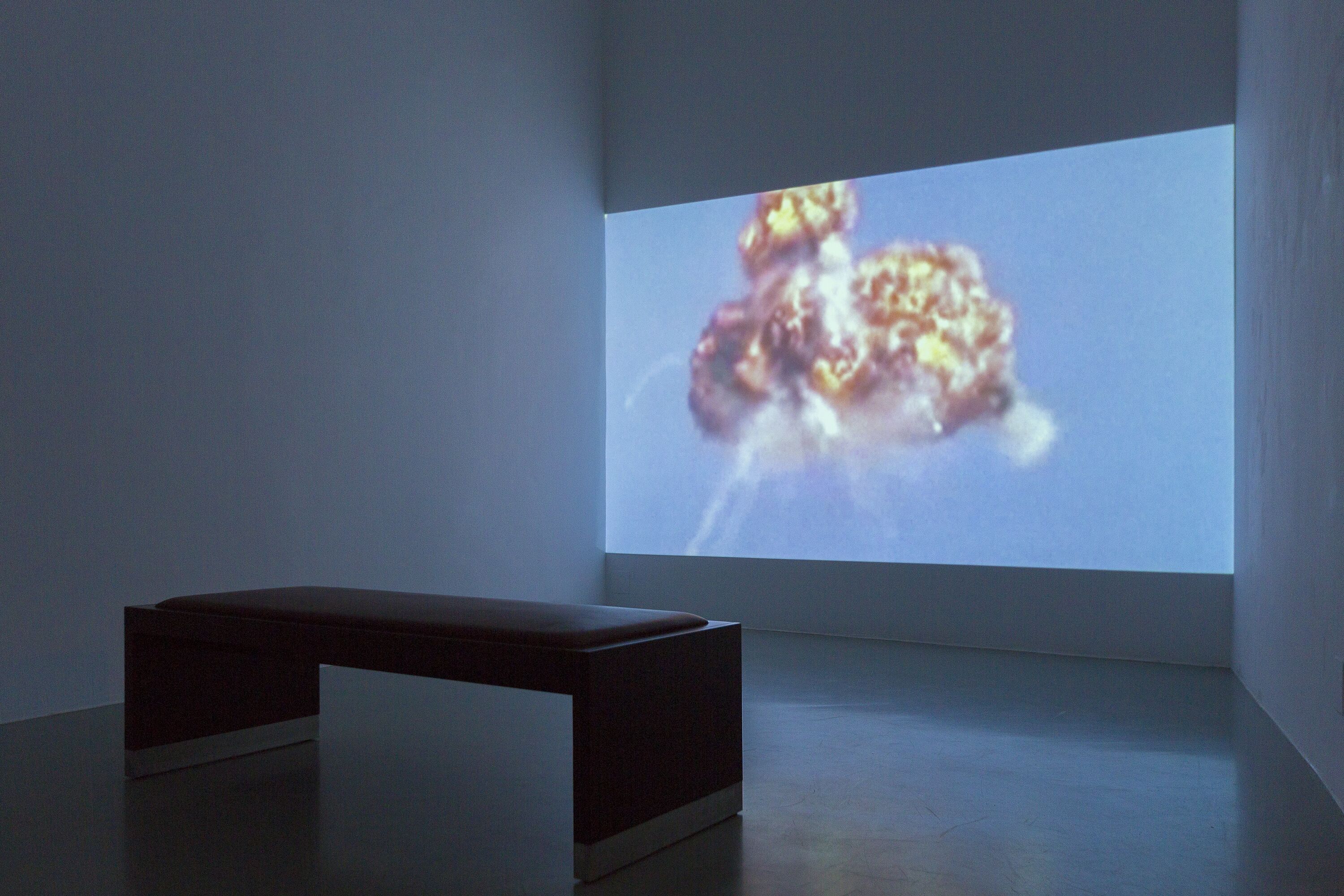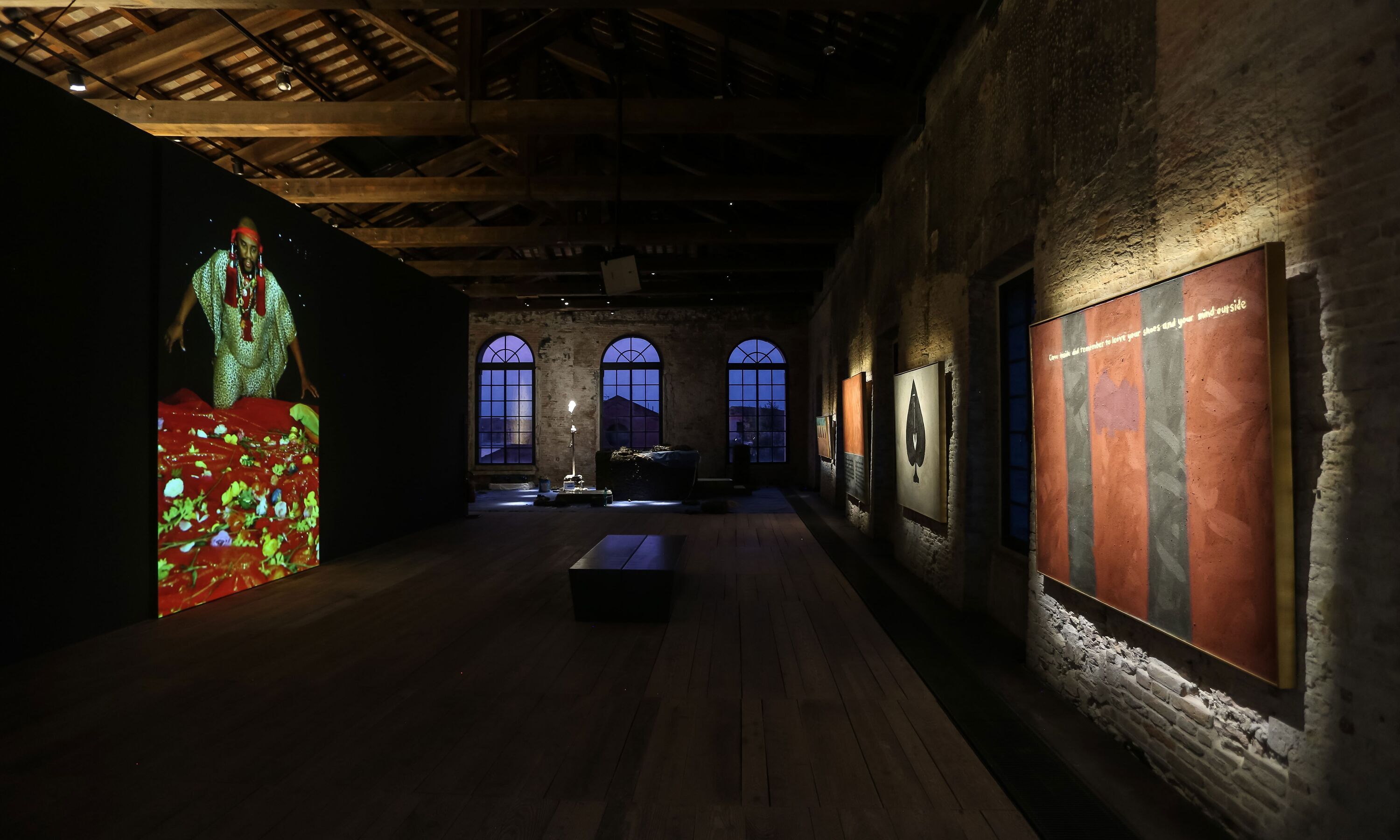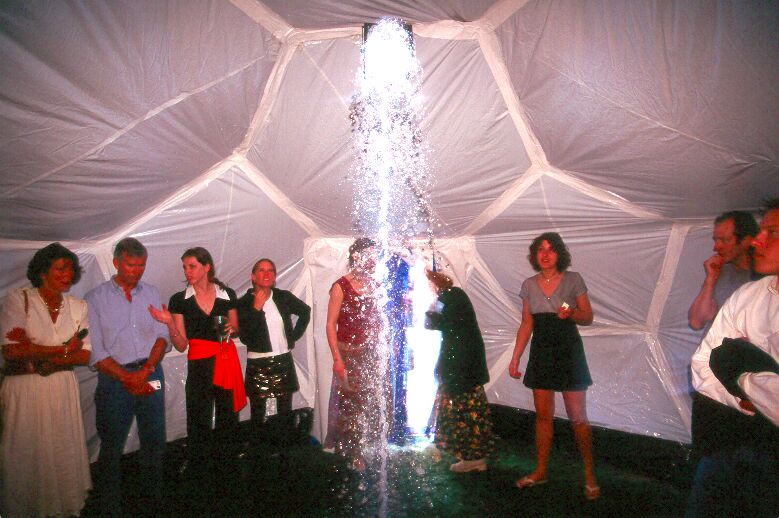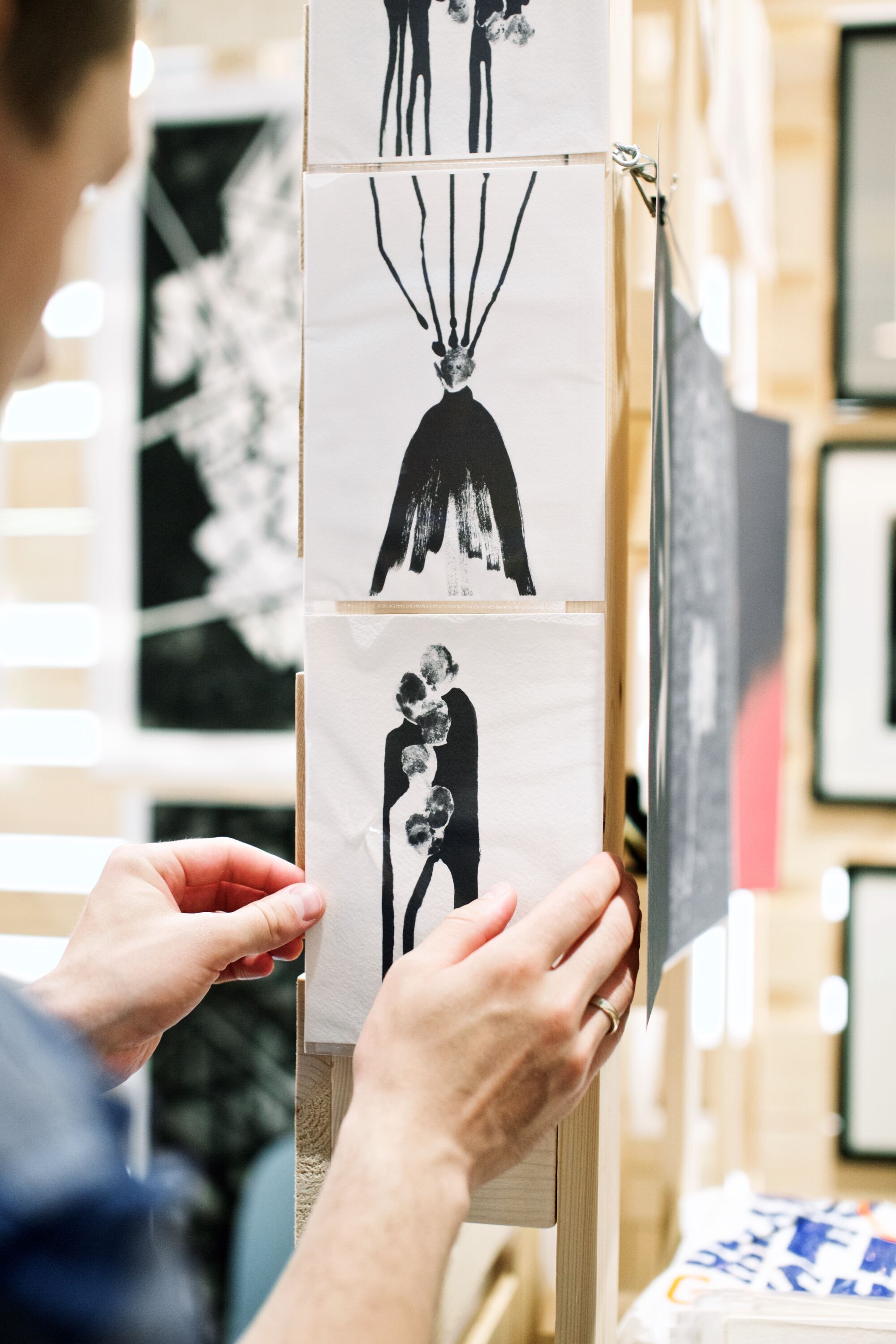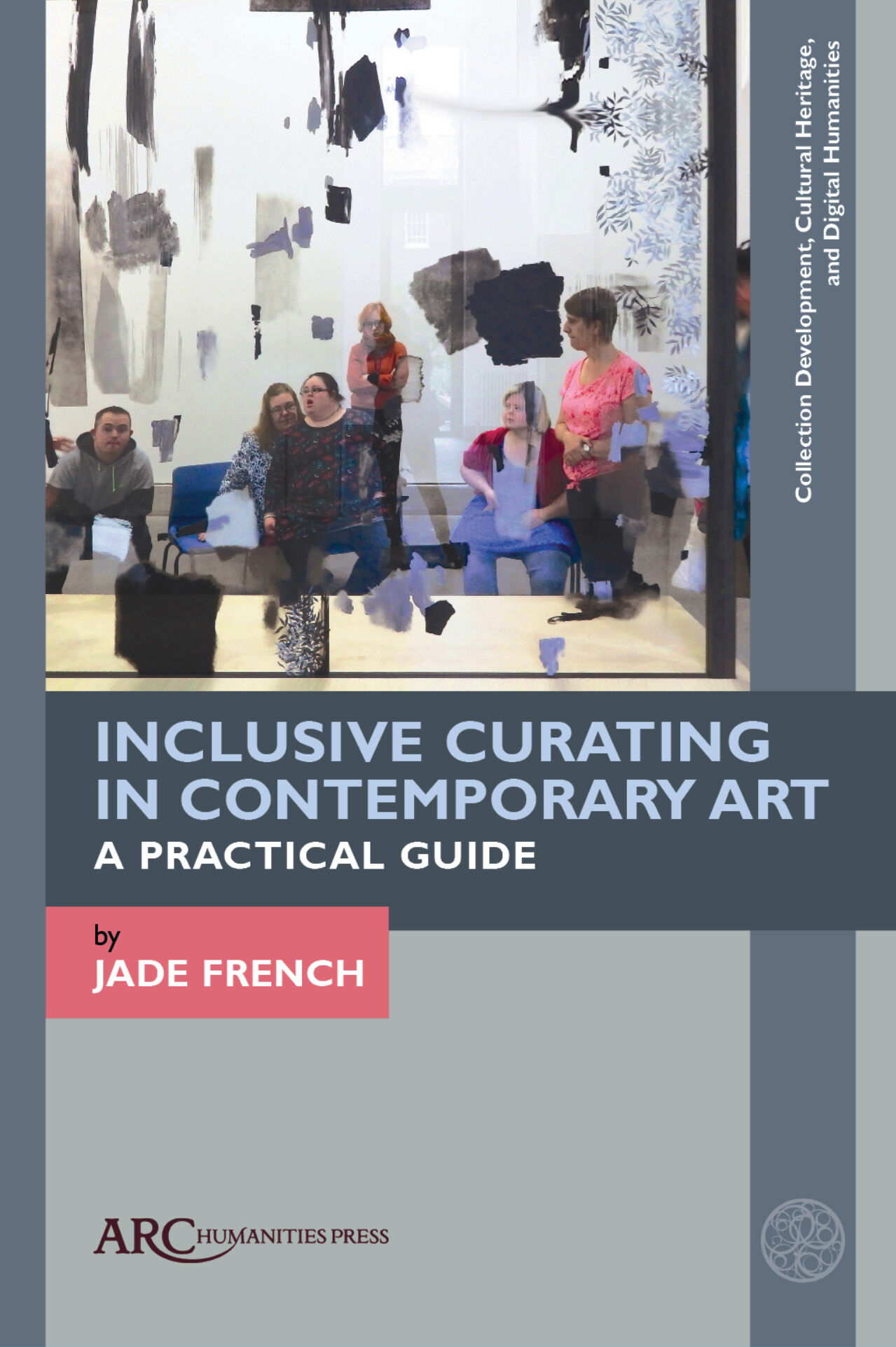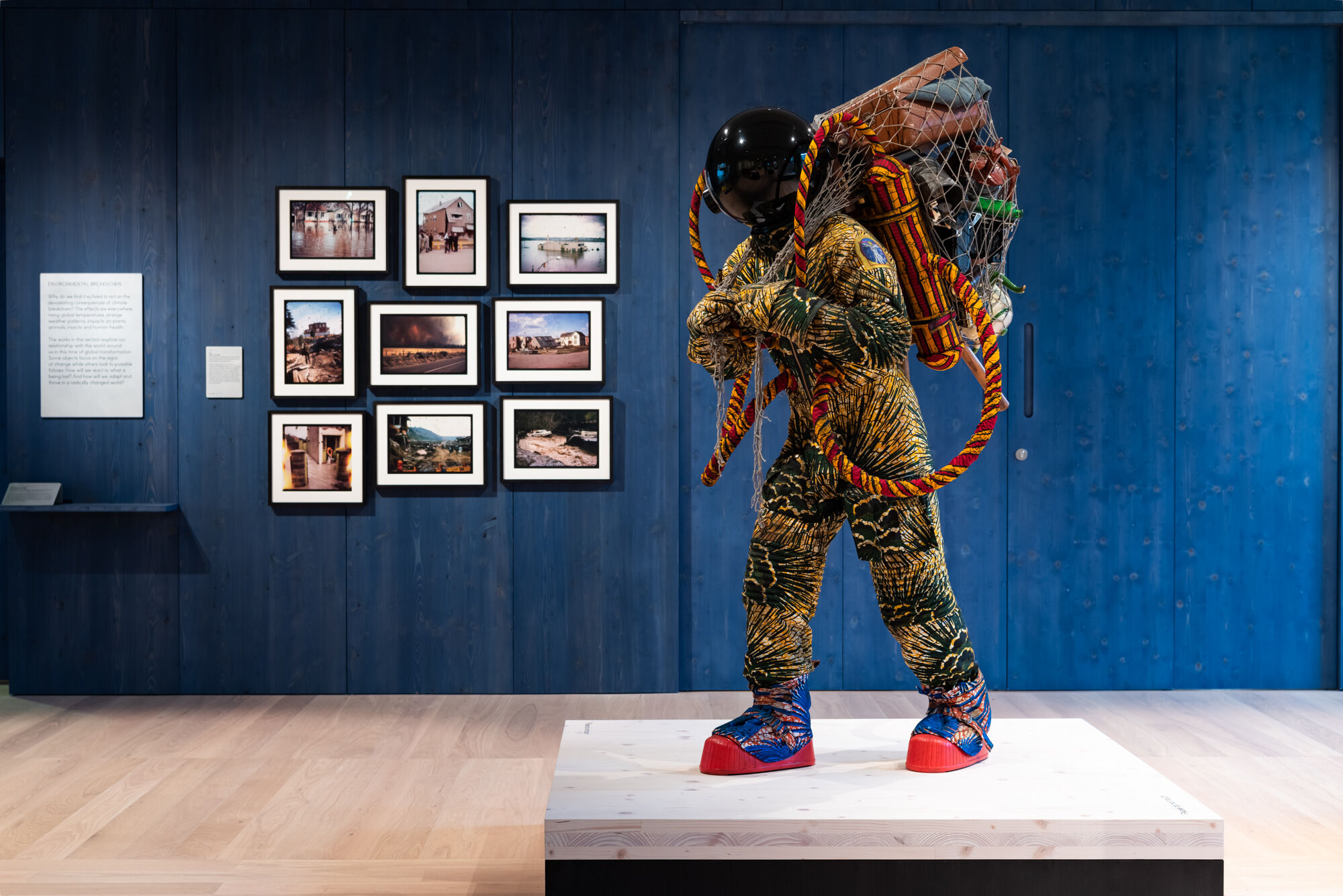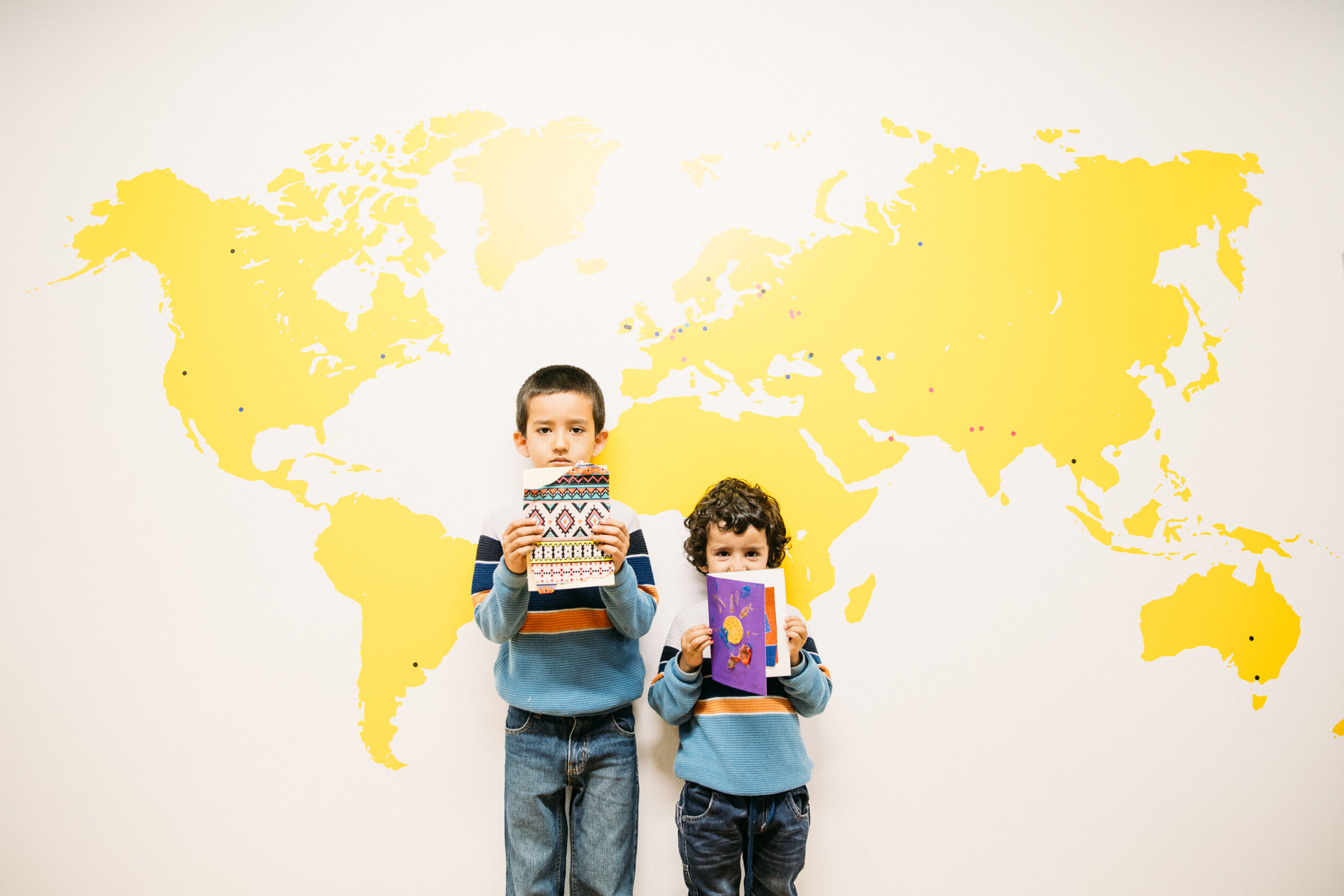Articles by keyword "curating"
The migration of film from cinemas to art institutions engendered a series of metamorphoses. This research article analyzes these transformations through cases of contemporary uses of moving images to propose a theory on how to curate moving images in the museum of the twenty-first century.
In this essay, the author discusses the reader that accompanied the South African Pavilion at the 58th Venice International Art Biennale—The Stronger We Become: The South African Pavilion (edited by Nkule Mabaso and Nomusa Makhubu). The author concludes that the book argues for ‘epistemic justice’ and that resilience in art can be understood as positive (resilience through laughter) or negative (resilience through neoliberal absorption).
This article examines the role of contemporary art exhibitions in the process of the political integration of Europe between the Cold War’s end and the European Union’s Eastern Enlargement. To do so, it analyzes a range of inter-European exhibitions that aimed to construct and disseminate a new notion of a ‘united’ European art world.
The goal of this special issue is to consider how research is integrated into museums’ future strategies, to reflect on how collaborations among researchers, artists, and curators work, and outline the key applications of practice-based research. In order to address these concerns, the materials selected for the issue focus on the question of method, which allows a new conceptualization of the museum as a research hub.
There have been a number of exhibitions in the last five years that have explored queer themes and adopted queer approaches, yet the position of queer in museums remains precarious. This article explores the challenges of this museological landscape and the transformative potential of queer curating through two projects: Queer British Art, 1861—1967 (Tate Britain, April–September 2017) and Being Human (September 2019–present).

